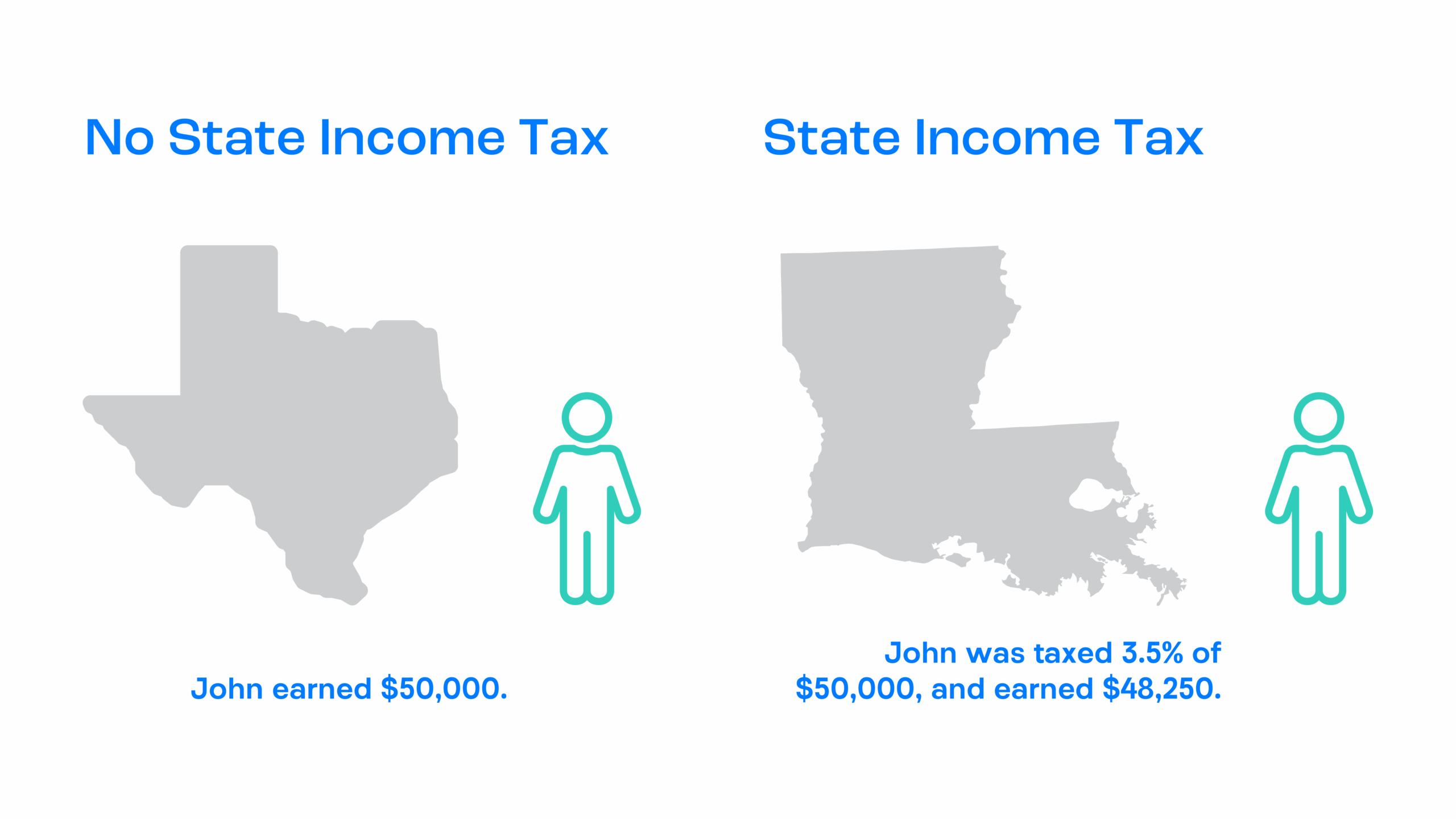
Have you considered the risks of staying with a payroll provider that isn’t working for you? According to Forbes, a survey of U.S. employees found that 96% of employees said they are dissatisfied with the tools they have been equipped with to manage work.
If your payroll system is part of the problem, it may be time for a change.
While many businesses wait for a year-end switch, it’s worth considering a mid-year transition. With less pressure, more flexibility, and ample time to set everything in place before the busy season, a mid-year switch could be a strategic move for your business.
We’re breaking down the most common challenges of switching payroll providers mid-year and offering solutions to help you make a smooth, confident transition.
Looking To Switch Payroll Software?
Download Our FREE Checklist for Switching Payroll Providers Mid-Year
Download Now
4 Factors to Consider When Switching Payroll Software Mid-Year
Can we agree that payroll itself isn’t simple? Multiple factors are associated with the payroll process, such as data integrations, employee forms, and time cards. In addition, finance directors, tax experts, HR directors, and many other employees are involved in switching systems.
However, while those factors are essential, they don’t need to make or break your decision to switch providers. Instead, we’ve found that the most common challenges to changing payroll systems mid-year often have logical solutions. So let’s look at those challenges and how you can overcome them this time of year.
Challenge#1 Data Errors
Discovering data errors in your payroll system is frustrating, especially when you’re ready to transition to a new solution. Fixing those errors before processing your first payroll with a new provider is crucial, so paychecks are accurate.
For instance, if an employee relocates from a state with no state taxes to one that does, accurate data is crucial for the new provider to make necessary payments. This underscores the importance of a comprehensive data assessment before the transition.

So how can you avoid data errors that could negatively impact your payroll process? First, consider having your previous provider perform a payroll history and assessment.
Solution: Payroll History and Assessment
Providing your new payroll vendor with a complete payroll history can proactively solve data errors before they occur. Most records are available via a payroll summary report, including full details of your previous payroll history. You can request one directly if this information isn’t readily available in your previous provider’s system.
Preserving historical payroll data is essential to ensure accuracy across earnings, deductions, and tax filings. It also supports audit preparedness and records continuity after switching to a new payroll provider. A reliable import process allows your new system to maintain visibility and compliance from day one, without starting from scratch.
Once your new provider receives your payroll and tax history, they can assess. The payroll assessment helps determine the next steps in your payroll conversion process. If your provider doesn’t usually complete a payroll assessment, we’ve listed the proper steps for them to follow:
1. Tax Catch-Up
Your provider can input your tax history from your previous quarter. This tax catch-up enables a new company to check and see if everything is accurate and paid to date. If there are any errors, your provider’s tax compliance team can help you correct them.
2. Parallel Payrolls
Once your provider imports your payroll data into your new system, they can perform a parallel payroll. A parallel payroll is when you simultaneously run your old and new systems and compare results. This process ensures the new system gathers and runs data properly before fully transitioning software.
Note: An import should occur before you run payroll in the new solution to ensure everything is processing correctly.
3. History Verification
This process reviews the accuracy of paying taxes in multiple states, non-scheduled payments, and pre-tax versus post-tax deductions. If there are any errors, your payroll service provider can discuss your options to determine how to correct them.
Challenge #2: Multiple Pay Frequencies
Another reason individuals avoid switching software mid-year is because they don’t want to change company pay frequency. Pay frequency determines how often employers pay employees. It’s common for companies to utilize multiple pay frequencies across departments and teams.
Here are the most common pay frequencies:
Weekly: This payroll would be the most frequent as employees receive weekly wages.
Bi-weekly: This pay frequency occurs every other week on the same day, such as a Friday or a Monday.
Semi-Monthly: This occurs twice a month on the same date, such as the 15th and the 30th. In February, the pay date would need to move forward.
Monthly: With this type of pay, payroll gets processed once a month, 12 times a year.
While paying employees using multiple frequencies is expected, some payroll systems limit employers to one or two frequencies. However, flexible payroll software can help you avoid frequency issues regardless of the time of year.
Solution: Payroll System Flexibility
A solution to the frequency problem is to perform due diligence when vetting payroll providers. If you need a payroll system that allows you to pay employees at different frequencies, discuss this at the beginning of your search.
In addition to flexible pay groups and scheduling, look for providers that offer employee self service tools. These features empower employees to access their pay information, benefits, and time-off requests anytime, reducing the burden on HR and increasing adoption during the transition to a new payroll system.
Find out if the payroll solutions you’re considering allow you to create different departments or pay groups and apply different frequencies as needed. This type of payroll system flexibility ensures a more efficient and user-friendly process for managing employee pay.
Challenge #3: Complex Payroll Processing
We’ve worked with several organizations that were initially hesitant to switch payroll providers mid-year. A significant reason behind this kind of hesitancy is that organizations feel their current process is too complex. However, once they’ve transitioned to our payroll software, their reaction is often:
“I wish I would have made the transition to APS sooner.”
These customers didn’t realize how smooth the payroll transition process could be. So, they were afraid to switch providers in the middle of the year and decided to wait until the following year.
Solution: Partner with a Better Payroll Provider Sooner than Later
Did you know the main components of most payroll software platforms are tax compliance, data accuracy, and technology integration? As a result, most technology platforms are built to handle the very payroll processes you think are complex. So, there’s no reason to fear a payroll transition.
But if you’re still concerned about your payroll complexity, here are a couple of questions you can ask the providers you’re considering:
- Can you handle multiple pay rates?
- Can you integrate with my existing business investments (e.g., retirement plans, general ledger packages, time tracking systems)?
- Can you easily export data from my previous solution and import it into your software?
The answer to these questions ensures you’re working with accurate data from day one. As a result, your business will receive a better return on investment.
Challenge #4: Complex Payroll Taxes
Now that you understand there is nothing to fear about a payroll transition let’s talk about payroll taxes. We know these taxes can be complicated. After all, there are several tax components HR must see to, including:
- Forms to file each quarter and year
- Tax payments each pay period, quarter, and year
- Legislative orders and laws to follow
- Employee documents to maintain for compliance purposes
- Year-end processing
These processes can be overwhelming and challenging to manage. However, you don’t have to wait until the beginning of the year to work with a better tax compliance partner.
Solution: Team up with Tax Experts
Mid-year payroll transitions don’t have to mean tax headaches. The right provider will have a dedicated tax compliance team to help you confidently navigate federal, state, and local requirements. Look for APA-certified experts who will assess your current situation, flag potential risks, and help you avoid costly errors or duplicate payments, saving time and reducing penalties.
Switching Payroll Companies Checklist
Our dedicated tax experts wanted to offer some additional tips for businesses looking to change payroll providers. These tips will help ensure you can switch payroll any time of year.
Avoid Double-Paying Taxes
Check with your previous payroll provider or tax service to see if they have already paid your unemployment taxes. If they have, you don’t want your new provider to pay it again.
Reduce Duplicate Filings
See if your new payroll provider also handles payroll taxes. If so, cancel your previous tax service to avoid duplication of filing and payments.
Remain Diligent to the End
If you plan to switch providers at the end of a quarter, know your payroll assessment period will be shorter. Your assessment gets expedited to ensure your go-live date remains the same.
However, even with a speedup in operations, your new provider can usually handle other tasks. Processes like tax catch-up and history verification are also more straightforward for the new provider to manage if you’ve already paid your taxes.
Playing Catch Up
Most payroll providers won’t file for previous quarters since this is your previous provider’s responsibility. However, your new payroll provider can make sure the data from your last system is correct.
If your new provider doesn’t utilize these processes during a mid-year payroll conversion, they may not fit your company.
Communicate Changes to Your Team
Proactively inform your employees about the switch to a new payroll provider. Make sure they know when to expect their first paycheck through the new system and how to access their information through the employee self service portal. Clear communication helps reduce confusion, builds trust, and ensures a smoother organizational transition.
Now is a Great Time to Switch Payroll Systems
Switching payroll systems can feel complex, but mid-year offers a strategic window to change. With fewer time pressures and the right provider, you can tackle challenges like data errors and tax compliance head-on, leading to a smoother transition and long-term payroll success.
How APS Can Help
While mid-year is a great time to change, any time is the right time to switch to a new provider. APS is here to make your payroll and HR easier. We’ve been delivering payroll and tax compliance services since 1996, so you can trust our experts to keep your payroll accurate. Here’s how we support you throughout your payroll journey:
- We develop our technology in-house, which means customers drive our software development.
- We offer a unique payroll experience with our proactive and reactive approach to support and success.
- With our all-in-one HR and payroll software, users can automate their entire tax compliance process, including W-2s, 1099s, and year-end processing.
For more information, download our step-by-step guide to switching payroll providers.












